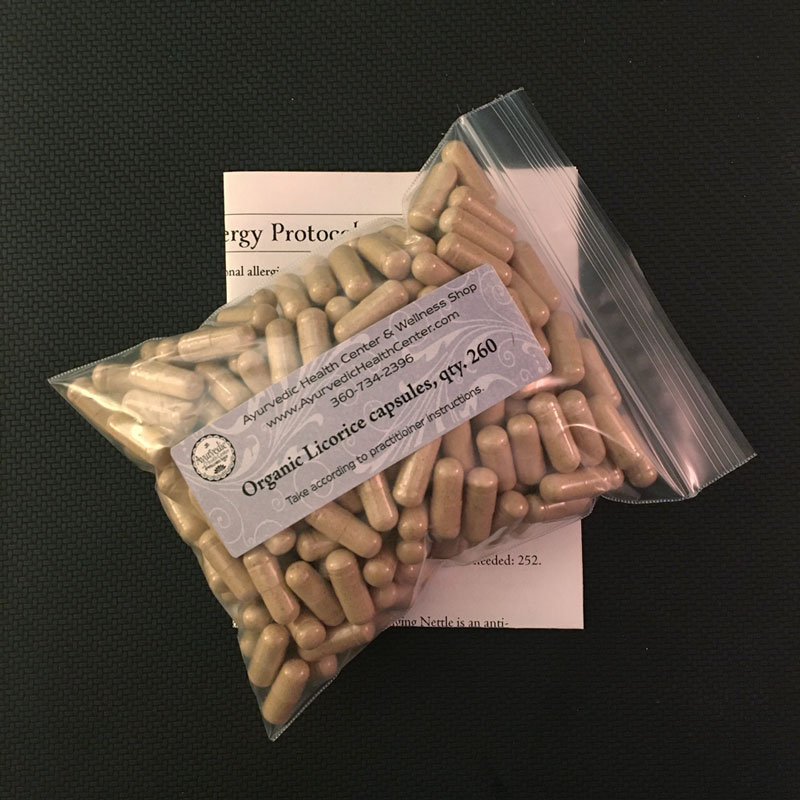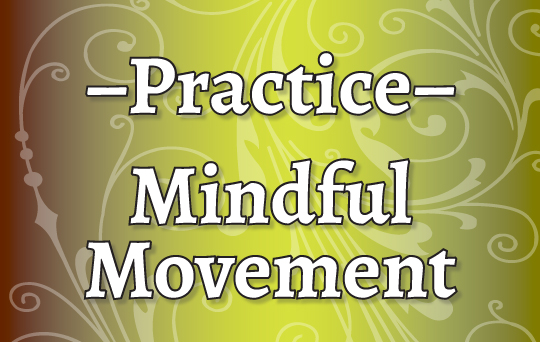In Ayurveda allergies are defined as conditions of hypersensitivity that involve reactions of one (or more) of the doshas to a causative factor. The Ayurvedic root cause of allergy is not the allergen itself—ie: the pollen or dust mites—but an unbalanced Agni (digestive fire) plus one or more unbalanced doshas. Agni is significant in helping us maintain our natural resistance and immunity (Ojas); when Agni is compromised so, too, is Ojas.
Hay fever and springtime allergies relate particularly to excessive Kapha dosha. The respiratory system is the seat of Kapha in the physical body, and Kapha dosha rules the waters of the body. Breathing in pollen can trigger an excessive response of Kapha, and we see that springtime allergies—which happen in the Kapha time of the year—involve sneezing, watery eyes, excessive production of mucous, and respiratory congestion. The more unbalanced a person’s Agni and Kapha dosha are, the more likely he/she is to have stronger allergic reactions to things that are inhaled.
Pitta dosha may also come into play as inflammation (swelling) as well as red itchy hot eyes.
Ayurvedic Treatment of Springtime Allergies
Ayurveda knows that preventative treatment is the best treatment. If you can address the root cause and not create symptoms, you are ahead of the game. When the root cause is not addressed, and symptoms arise, now you have to address the root cause and work on the symptoms. The root cause is best treated when there are no symptoms to treat. We pacify the next season’s dosha during the present season so that we can get to the root cause.
In the case of springtime allergies this means treating the Kapha springtime symptoms during late winter. This is the time when Kapha is gathering mass though we may be unaware of it. If we wait until springtime to treat allergies, the best we can do is target the symptoms without really getting to the underlying root cause.
Fortunately, nature provides what we need to treat springtime allergies in many ways. Eating locally and in-season not only helps the local economy, but it provides the body with what it needs to stay in balance and avoid unbalanced doshas. In-season foods and herbs reduce both Kapha congestion and Pitta inflammation.
food and herb choices include:
- spring’s bitter greens including stinging nettles and asparagus
- including turmeric root and powder in cooking
- using ginger root in cooking and as a strong tea
- eating smaller portions or lighter meals than you did earlier in winter
- avoiding or limiting heavy and congesting foods such as meat, dairy, nuts, and heavy oils
- stoking your Agni by cooking with herbs and spices that you like
other practices help build Ojas and build immunity:
- reducing stress
- taking time in nature
- getting adequate sleep
Stinging nettle is a particularly powerful remedy specific for springtime allergies. Make sure to take freeze-dried or boiled fresh stinging nettle to avoid ingesting the stinging formic acid found in nettles’ stingers. This is the same substance found in bee stings and mosquito bites. Freeze-drying and boiling nettle plants neutralizes formic acid. Try taking 5 capsules of freeze-dried nettle at the first signs of distress. If you experience no relief within 5 minutes, take 5 more capsules. Continue this protocol until you find your target dose. It is safe to take 1–3 ounces of dry nettle for an acute condition.
The Ayurvedic Health Center has put together a kit for reducing springtime allergies.
(It’s effective for autumn allergies. too!)

This proprietary kit includes herbal capsules and information about the easy-to-follow protocol. It also includes guidelines for what to do just in case icky drippy symptoms show up, anyway. Order yours today!






